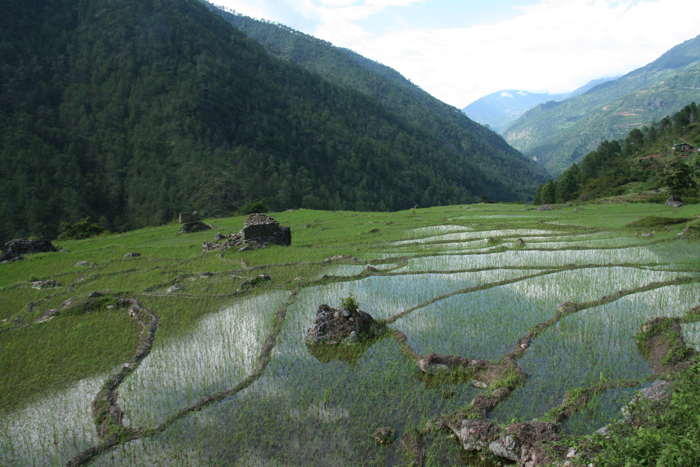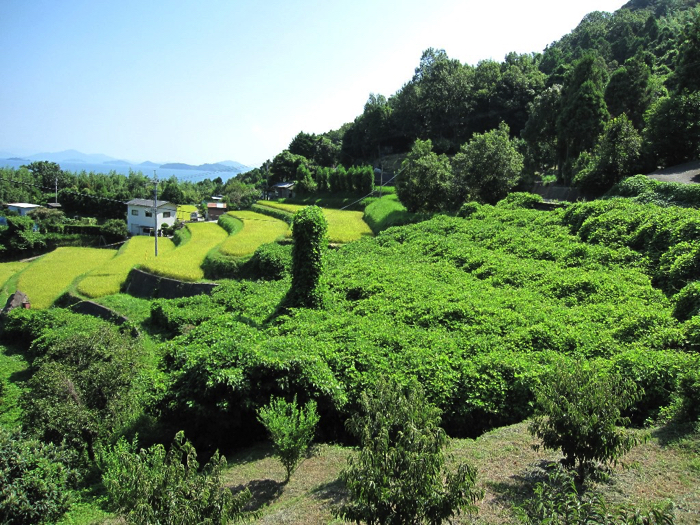- Project Leader : Ando Kazuo (Kyoto University, Center for Southeast Asian Studies)
- Collaborators : Nakamura Hitoshi (Freelance Researcher)
- : Li Cheng-yun (Yunnan Agricultural University, National Center for Agrobiodiversity)
- : Yezer (Royal University of Bhutan, Sherubtse College)
- : Uchiada Haruo (National Agricultural and Food Research Organization, NARO Western Region Agricultural Researach Center)
Outline of Research
Rice terraces in Asia, including Southeast Asia, have their own sustainable agriculture according to ecological specificities found in the region. These nurture food production, specific landscapes, and cultures.
This study aims at field studies and literature survey on rice terraces located in Kyoto, Shiga, and Kochi Prefectures as well as the Tango-Tajima area of Japan, Hani in Yunnan China and Bhutan to elucidate the implications of resource-recycling, environmental friendliness, conservation of biodiversity, all of which lead to the sustainable development of rice terraces and local communities.
Description
In rice terraces found in an Asiatic monsoon climate, modern agriculture could not be developed, thus various rice farming and cultivation practices were established to meet the local needs particularly specific ecological requirements. The Food and Agricultural Organization (FAO) recognized GIAHS was recently approved to include Sado island and Noto Penisula (June 2011). Asiatic rice terraces and the traditional cultivation methods have thus, been re-discovered in terms of their environmental and biodiversity sustainability. Nevertheless, some rice terraces face maintenance difficulties.
This study includes a field survey on the current conditions of Japanese rice terraces as well as those found in other Asiatic countries in terms of resource-recycling, environmental friendliness, conservation of biodiversity and community development. It aims to clarify and characterize local specificities of traditional cultivation practices through a comparative analysis of data. Furthermore, it aims at a realistic community development plan and implementation agenda to combine farming methods based on both modern and traditional systems and concepts.
Resource-recycling typed sustainable cropping systems can be extended to general rice cultivation and does not need to be restricted to rice terraces. Its potential value must merit further attention. The expected results should contribute to studies on other types of Asiatic rice terraces and traditional cultivation practices and can help GIAHS, conservation, terrace maintenance, rice production, and community development as a whole.


